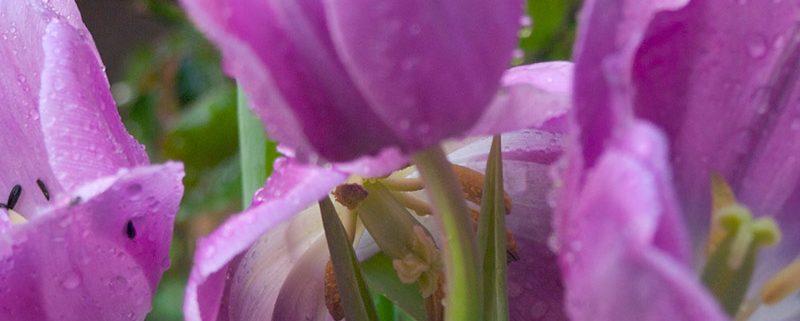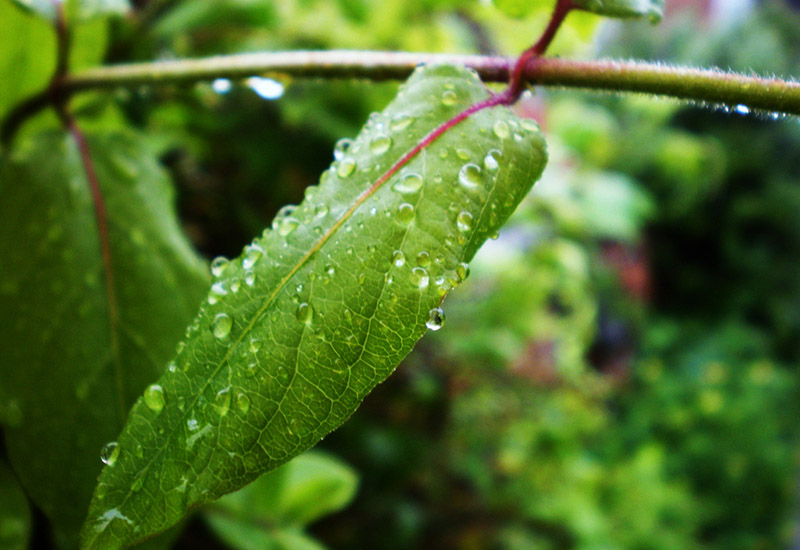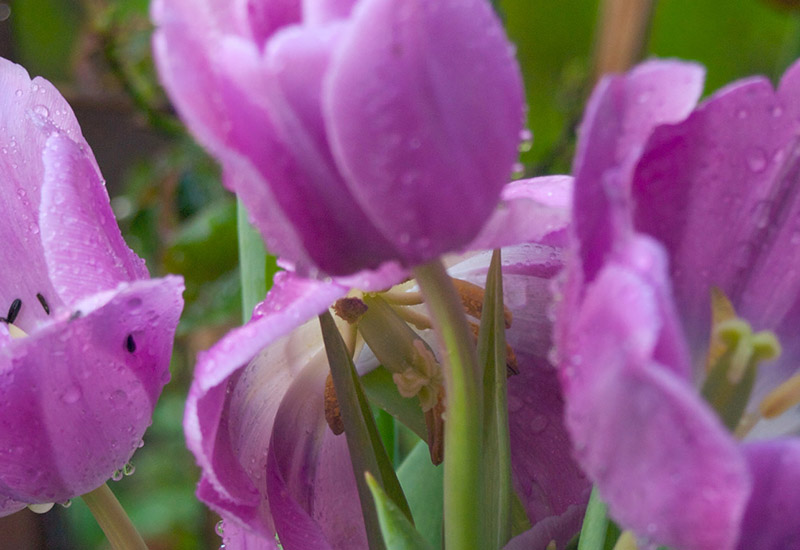Gardening: Doing More with Less Water
Cary, NC – We’re in the middle of Summer and we are all feeling the heat, from people to animals to the plants in your garden. That means water is in high demand with a smaller supply, so here are some tips on conserving water in your garden.
How Is Water Distributed?
To know the best ways to water your plants, you need to understand how water gets to your plants. Water is stored in the soil to get to the roots so you need to maximize your soil quality. This is best done by mixing in dead organic matter such as leaves and mulch. Not only will this give the soil support and structure to store water better, but it can lead to more helpful micro-organisms growing in your garden and attract earthworms to naturally till the soil, which will also aid in water storage. Keeping mulch and other thick organic material on top of the soil can also prevent evaporation from escaping.
You can also check your soil to see if it is time to water or not. With your typical loamy soil, if it feels moist, no need to water. If it’s dry, it is likely time to water again. However, if you are using soil that is more clay-based, it will usually feel moist and if it’s more sand-based, it will usually feel dry. In that case, it’s best to follow the math recommended by Britain’s Royal Horticultural Society (the British take their gardens very seriously) of 5.2 gallons of water per 10 square feet every seven to 10 days.
What Plants to Cultivate?
Related to understanding how water gets to your plants, it’s important to understand roots. The longer and heartier the root, the more water your plant can absorb and store. Perennial flowers do very well in low water conditions, as do vegetables such as beans, broccoli, spicy peppers, onions and several more. You would be surprised how many vegetables are well-conditioned for drought conditions. Also, tomatoes and asparagus have very deep roots so they will absorb water well.
Don’t forget about cacti either. Everyone loves a charming cactus.
When watering your plants, try to do it at night or at a cooler part of the day. This will ensure the plants’ roots can absorb the water before the Summer heat evaporates it.
Other Water Tips
Here’s a no-brainer: set up a rainwater collector. You may think you can take a break on watering your plants when it rains but this is a time to spring into action and collect and store as much of this water as you can. Then, it can be reused to water your plants when there’s a dry spell.
Check your hose (or hoses) for leaks. You would be surprised the amount of water that can escape from just a tiny leak. Similarly, if you want to spend the money on a home drip irrigation system, great. Otherwise, a watering can or a narrow hose may be your best option as you can get into your garden precisely and avoid overwatering or getting water to spots where weeds can pop up.
Story by staff reports. Photos by cali1995 and Steve P.
The Gardening column is sponsored by Garden Supply Company on Old Apex Road in Cary.





